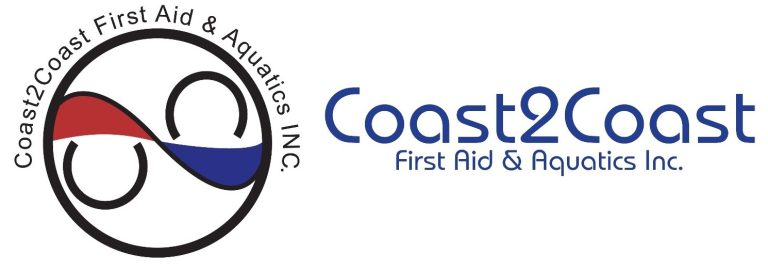You are in a scenario where you see someone grab their chest, lose all colour in their face, and suddenly drop to the ground, unconscious while displaying no movement or breathing. The signs resemble of someone suffering from a Sudden Cardiac Arrest (SCA). You know CPR (cardiopulmonary resuscitation), but where is the closest defibrillator?
Decreasing the time it takes to locate an Automated External Defibrillator (AED) is essential to the little time you have to save one’s life. If an AED is used on a sudden cardiac arrest victim within the first minute of collapse, their probability of survival is 90%. For every minute that passes, their likelihood of survival drops 10%, leaving a 10 minute ‘window of opportunity.’
Where is your nearest DEFIB (AED)?
Not every defibrillator has their location registered. The location varies in every town, but defib’s are universally located in large public places, such as:
- Hospitals – Hospital wings, or at the closest nursing station
- Community Centres – Foyer (front entrance)
- Schools – Front office or staff room
- Business Centres – Ground level, next to the evacuation/escape plan
- Golf, Football, Soccer, Swimming, Hockey and Cricket Clubs – Function rooms
- Gymnasiums – Hinged and signed on the walls near gym equipment. Try the wall closest to the treadmills or cardio equipment
- Shopping Malls/Centres – Guest services and public washrooms
- Public Libraries – Foyer (front entrance)
- Zoo’s – Front office and staff room.
What you MUST know before using an AED (Automated External Defibrillator)?
Before using an AED, understanding its proper usage is crucial. The following YouTube short guides you through essential tips every potential responder should have to help someone with an AED. These seven tips will help you remember the right ways to operate a defirillator in a cardiac arrest emergency. Whether you’re at home, work, or in public spaces, being prepared can make all the difference. Watch now to learn how to confidently and effectively use an AED in critical moments.
Be Prepared for Emergencies!
How does a Defib work?
Defibrillation operates by delivering an electrical current through the heart muscle, via the defibrillation pads. All electrical activity in the heart becomes pulseless, in the belief that when the pulse returns, it will be in a rhythm that is coordinated with an effective pumping motion.
Survival rates are the highest when defibrillation is given within the first few minutes of the time of the collapse. Greater defibrillator availability and recognition of device locations will increase the survival rates of sudden cardiac arrests victims. Coast2Coast offers CPR/AED courses that properly educate how to administer a defibrillator, and how to recognize and respond to those in a cardiovascular emergency.
How to perform a primary survey and what is DRSABCD?
Primary survey is the first thing that should be done when observing and helping a victim in need. The abbreviation DRSABCD is the acronym check-list we ask bystanders to use to in the process of saving lives.
D = Danger. Check for danger before approaching the victim. Whereabouts to check for may include live wires, exposed needles, or flammable liquids. Your safety ALWAYS comes first.
R = Response. Attempt to get a response from the victim by asking them to say their name or squeeze your hand.
S = Send for Help. If there is no response, now is the time to call 911. If there are other people present at the scene, send someone to locate the nearest defibrillator.
A = Airway. Is the airway clear? Check to make sure the victim has nothing in their mouth, such as broken teeth, food or vomit.
B = Breathing. Once a clear airway is established, check to see if the victim is breathing.
C = Compressions. Commence chest compressions at a rate of 30 compressions to 2 breaths. You should be pushing at the depth of 1/3 of the victim’s chest, and at a rate of 100 chest compressions per minute (this will be interrupted by administering their breathing). Coast2Coast teaches you the proper method of compressions and how not to over-exert yourself of energy.
D = Defibrillator. Apply the defibrillator following the voice prompts. If emergency medical staff are there applying the AED, follow their instructions.
It is never too late to learn CPR and how to accurately use a defibrillator; contact Coast2Coast to find out more about our CPR/AED courses and becoming a lifesaver today!


















No comment yet, add your voice below!